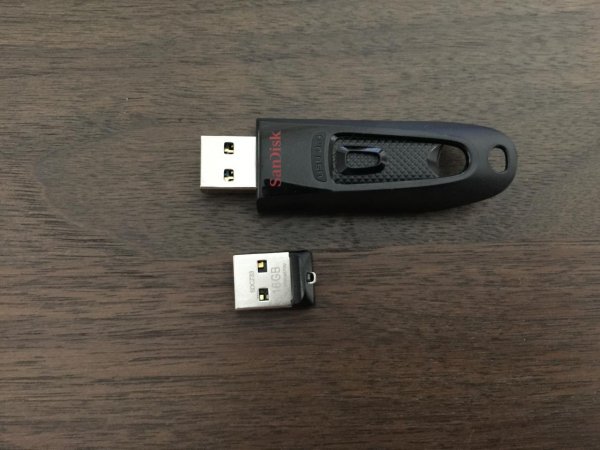So when's your chipless DSD DAC going to be done? 
I have a computer that could be the server but a DAC to beat my Sony HAP is going to cost more than the HAP... it blows away any of the less expensive DACs I've tried, and was pretty much equal to an Auralic Vega a friend brought over. I'm always seeking to improve my system but it takes a lot of cash to make a clear improvement over the Sony and not just something a little different. If you're experimenting with a DAC I think a lot of folks would be interested in a turnkey (or close to it) solution that involves a purpose-made DSD DAC, as the system is going to upsample everything to DSD anyway. I payed with the settings a little, but I just have my Sony upsample everything to DSD now. It works for Sony...
I have a computer that could be the server but a DAC to beat my Sony HAP is going to cost more than the HAP... it blows away any of the less expensive DACs I've tried, and was pretty much equal to an Auralic Vega a friend brought over. I'm always seeking to improve my system but it takes a lot of cash to make a clear improvement over the Sony and not just something a little different. If you're experimenting with a DAC I think a lot of folks would be interested in a turnkey (or close to it) solution that involves a purpose-made DSD DAC, as the system is going to upsample everything to DSD anyway. I payed with the settings a little, but I just have my Sony upsample everything to DSD now. It works for Sony...


